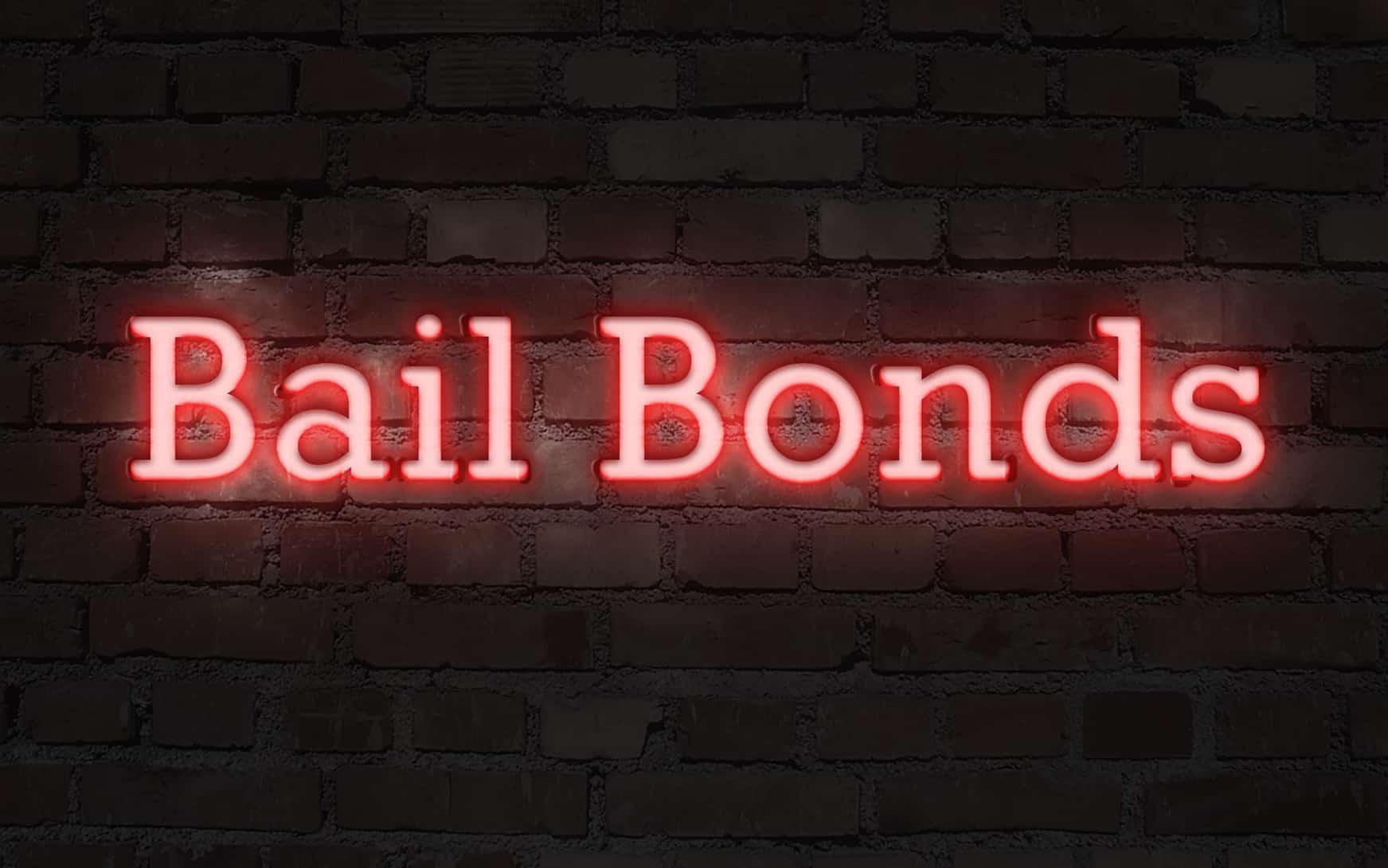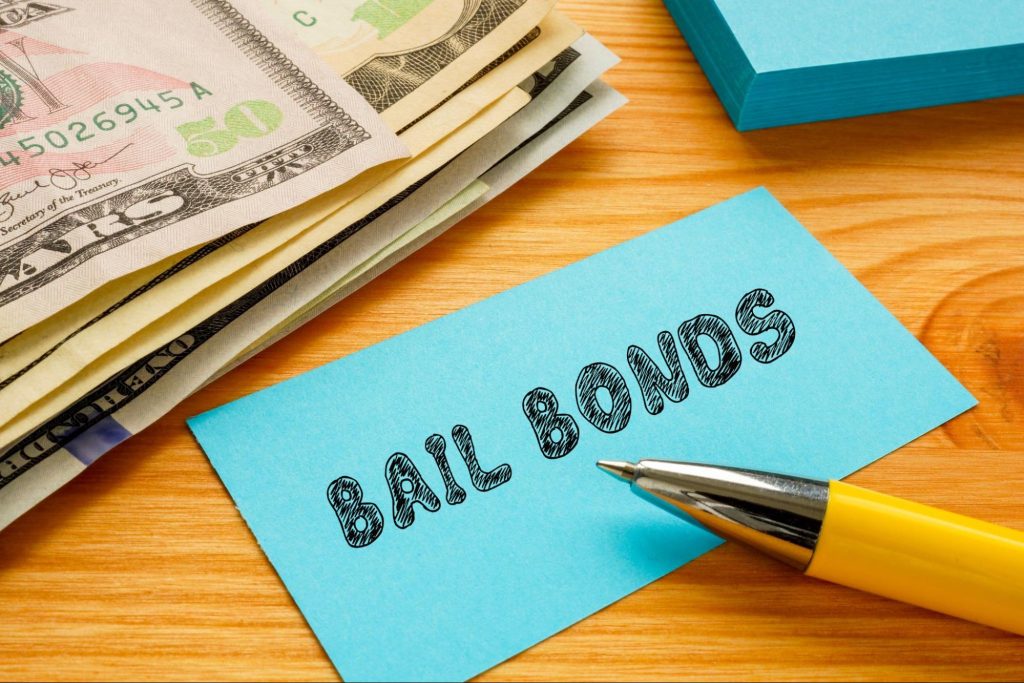Recognizing Your Rights When Using a Bail Bondsman
Recognizing Your Rights When Using a Bail Bondsman
Blog Article
Recognizing the Basics of Bail Bonds: What You Need to Know
Browsing the intricacies of bail bonds is an essential element of the legal system that can substantially influence the charged's trip with court procedures. The ins and outs of exactly how bail bonds operate, the numerous kinds readily available, and the essential factors to consider in choosing a trustworthy bail bondsman can be discouraging.
What Is Bail?
Bail is a monetary plan that enables a private implicated of a criminal activity to be launched from wardship while waiting for test. The main purpose of bail is to ensure that the defendant stands for future court procedures (Bail Bonds). Generally set by a judge, the bail amount differs depending on the nature of the criminal offense, the offender's criminal background, flight danger, and other relevant factors
When bail is given, the accused or a rep should pay a specified amount, which may remain in cash or via a bail bond. In many cases, bail can be refuted entirely, specifically for severe offenses or if the suspect postures a considerable threat to public security. The idea of bail is rooted in the presumption of virtue, reinforcing the idea that people ought to not be penalized prior to a sentence.

Understanding Bail Bonds
A bail bond is a monetary tool that helps with the release of an accused person from safekeeping, serving as a warranty for their look at future court days. This setup permits defendants to keep their liberty while waiting for trial, reducing the problems connected with incarceration. The bail bond process generally entails a third-party firm, recognized as a bondsman, that gives the required funds to the court in behalf of the charged.
Bail bonds come in various forms, including surety bonds, property bonds, and cash bonds, each with unique demands and ramifications. Guaranty bonds, the most typical type, require a premium payment, normally a percent of the overall bail amount, which is non-refundable. In comparison, a home bond includes using property as security, while money bonds necessitate the complete bail amount to be paid upfront.
Recognizing the nuances of bail bonds is critical for accuseds and their households. It is important to grasp the possible monetary implications, consisting of obligations and charges to the bail bondsmansman, as well as the lawful responsibilities linked to making certain court appearances. Expertise of these aspects help in making educated decisions during a challenging time.
Exactly How Bail Bonds Work
The process of protecting a bail bond typically includes several crucial steps that ensure the implicated can reclaim their flexibility while awaiting trial. The individual or their representative calls a bond bondsman, who analyzes the case and the associated risks. The bondsman will certainly require information about the accused, including the charges, the bail quantity set by the court, and any appropriate personal information.
Once the bondsman accepts offer the bond, the implicated or their agent needs to pay a non-refundable cost, generally a percent of the total bail amount. This charge Homepage compensates the bondsman for handling the monetary danger of making certain the charged shows up in court. In some cases, security may also be required, such as property or beneficial properties, which works as safety and security for the bond.
After the cost and any kind of collateral are prepared, the bail bondsman submits the essential documentation to the court. Upon authorization, the bail is published, and the implicated is launched from custodianship. It is important for the accused to comply with all court dates and problems, as failing to do so can lead to the loss of the bond and possible legal repercussions.
Kinds of Bail Bonds
Various kinds of bail bonds are available to fit various circumstances and demands. The most common kind is the guaranty bond, where a bondsman guarantees settlement of the complete bail amount to the court in exchange for a non-refundable cost, commonly around 10% of the bail. This plan enables defendants to protect their release without paying the entire bail upfront.
One more type is the cash money bond, which needs a co-signer or the accused to pay the complete bail quantity in cash money straight to the court - Bail Bonds. This alternative is frequently liked for lower bail amounts, as it ensures the cash is returned upon the defendant's look in all court process
Residential property bonds involve the usage of realty as security. In this instance, the court places a lien on site here the residential property, which can be forfeited if the offender fails to show up.
Lastly, federal bail bonds are particularly created for government instances, often including higher amounts and additional intricacies. Recognizing these different bail bond kinds is essential for defendants and their family members in making notified choices throughout a difficult time.
Choosing a Bondsman
When picking a bondsman, it is vital to try this site think about several key factors that can affect the overall experience and result. Assess the bondsman's online reputation by researching on the internet evaluations and getting referrals from trusted resources. A reputable bail bondsmansman will have a background of professionalism and successful situations.

Most bail bondsmen bill a non-refundable cost, normally around 10% of the bail amount. Openness in pricing is a characteristic of a reliable bondsman.
Final Thought
In recap, comprehending the basics of bail bonds is crucial for people associated with the legal system. Bail offers as a financial guarantee of court appearance, while various types of bail bonds cater to various conditions. Comprehending the operational mechanisms of bail bonds and selecting a trusted bail bondsmansman can substantially influence the overall experience. A complete assessment of readily available choices ensures notified decision-making, eventually facilitating a smoother navigating via the intricacies of the lawful process.
The ins and outs of just how bail bonds operate, the numerous kinds available, and the crucial factors to consider in choosing a credible bail bondsman can be daunting. The bail bond procedure generally includes a third-party business, known as a bond bondsman, that supplies the required funds to the court on part of the accused.
The most usual type is the guaranty bond, where a bond bondsman warranties payment of the complete bail quantity to the court in exchange for a non-refundable charge, commonly around 10% of the bail. Bail offers as a financial guarantee of court look, while various kinds of bail bonds provide to different conditions. Understanding the operational systems of bail bonds and choosing a reputable bail bondsman can substantially affect the overall experience.
Report this page